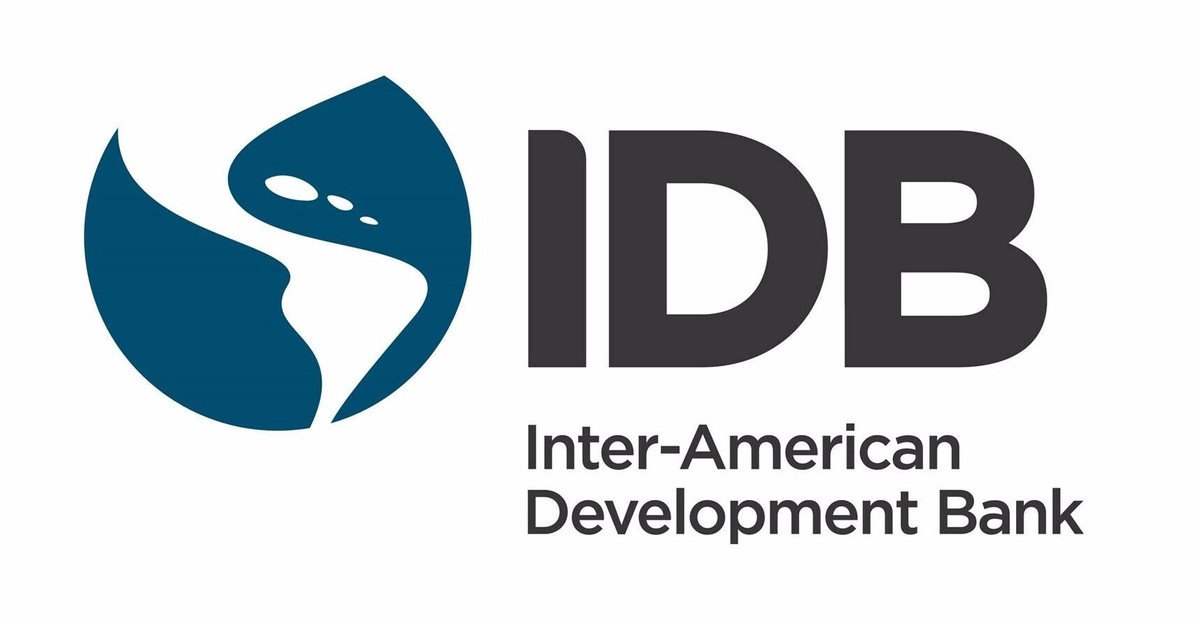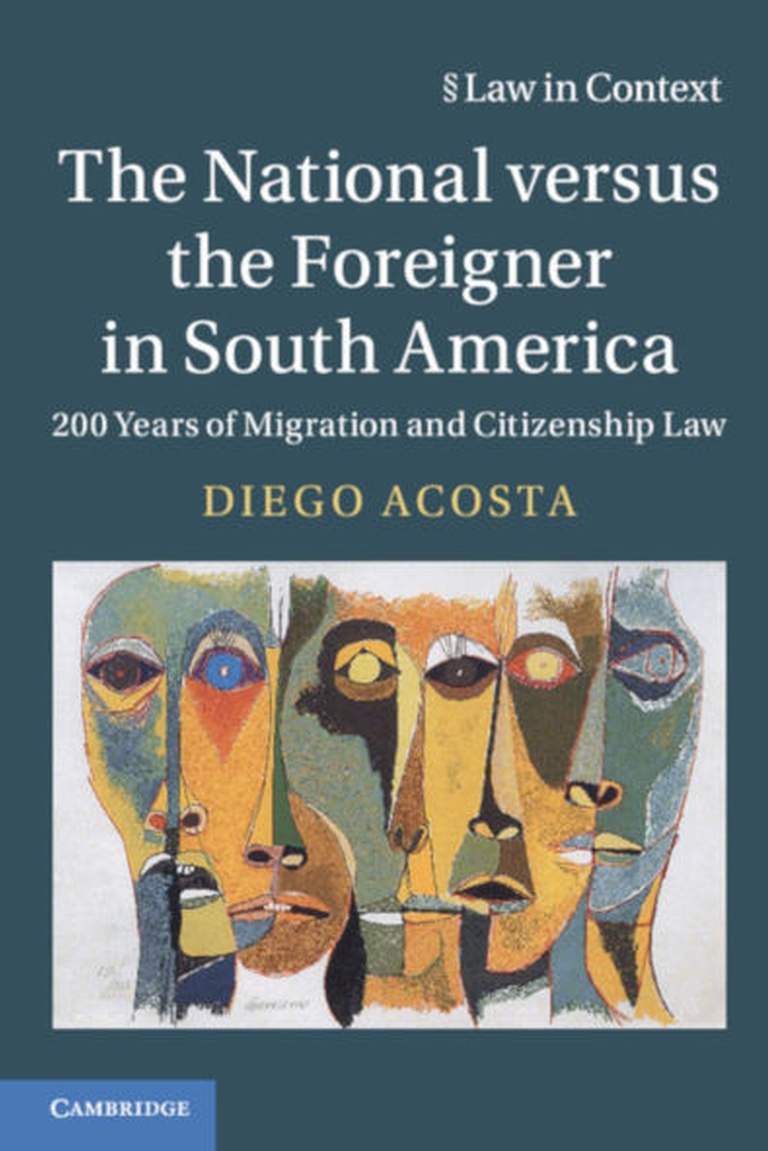This report presents and describes a new database that was generated using 40 indicators that typify the migration regimes of 26 countries in Latin America and the Caribbean (LAC) that are borrowing members of the Inter-American Development Bank (IDB). These indicators have enabled us to compare these migration regimes along multiple dimensions, identify subregional patterns, and observe trends in the recent evolution of these policies. The indicators are grouped into six areas: international instruments, which covers each country’s involvement in treaties and other multilateral agreements; regional instruments, which analyzes whether countries are party to agreements covering the Americas or its subregions; visa-free entry rights, which measures whether a visa is required to enter the country; access to temporary residence, which examines preferences in the granting of residence permits and regularization processes for irregular migrants; rights while resident, which looks at migrants’ access to healthcare, education services and the labor market, family reunification, voting rights, and permanent residence; and nationality, which measures whether the nationality of a given country is only obtained at birth or can be acquired through a subsequent naturalization process.
Suggested citation: Diego Acosta and Jeremy Harris (2022), Migration Policy Regimes in Latin America and the Caribbean Immigration. Regional Free Movement, Refuge, and Nationality, Interamerican Development Bank.

